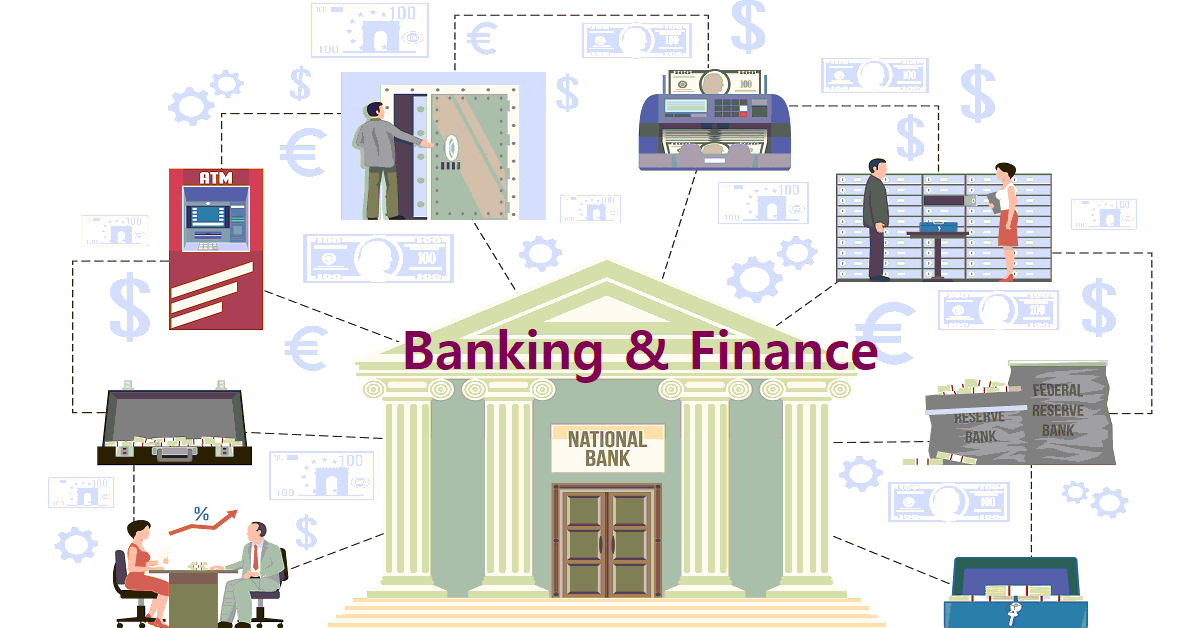
Customer Relationship Management in Banking: Strategies, Benefits, and Importance
In the highly competitive banking industry, customer retention is crucial for long-term success. Banks need to build strong relationships with their customers to increase loyalty, retention, and profitability. This is where Customer Relationship Management (CRM) comes into play. In this article, we will discuss the importance of CRM in banking, its benefits, and strategies for customer retention. We will also explore the challenges of implementing CRM in banks and how technology can enhance customer engagement in banking.
What is Customer Relationship Management (CRM) in banking?
CRM is a strategy that banks use to manage their interactions with customers and potential customers. It involves the use of technology to organize, automate, and synchronize sales, marketing, customer service, and technical support processes. The goal of CRM is to build strong relationships with customers, increase customer loyalty, and improve customer retention.
Why is CRM important for the banking industry?
CRM is important for the banking industry for several reasons:
1. Improved customer retention: Banks that implement CRM strategies can improve customer retention by building strong relationships with their customers. This leads to increased loyalty and profitability.
2. Increased customer satisfaction: CRM allows banks to provide personalized services to their customers, which leads to increased customer satisfaction.
3. Enhanced customer experience: CRM enables banks to provide a consistent and seamless customer experience across all touchpoints, leading to increased customer engagement and loyalty.
4. Better customer insights: CRM provides banks with valuable insights into customer behavior, preferences, and needs, allowing them to tailor their products and services accordingly.
What are the benefits of CRM for banks and financial institutions?
CRM provides several benefits for banks and financial institutions:
1. Increased customer loyalty: CRM helps banks build strong relationships with their customers, leading to increased loyalty and retention.
2. Improved customer experience: CRM enables banks to provide a seamless and personalized customer experience, leading to increased engagement and loyalty.
3. Higher profitability: CRM allows banks to identify high-value customers and tailor their products and services to meet their needs, leading to increased revenue and profitability.
4. Better customer insights: CRM provides banks with valuable insights into customer behavior, preferences, and needs, allowing them to improve their products and services.
What are the strategies for customer retention in banks?
There are several strategies that banks can use for customer retention:
1. Personalization: Banks can use CRM to provide personalized services to their customers, such as personalized offers, recommendations, and communication.
2. Customer loyalty programs: Banks can implement customer loyalty programs to reward customers for their loyalty and increase retention.
3. Cross-selling and upselling: Banks can use CRM to identify cross-selling and upselling opportunities and offer relevant products and services to their customers.
4. Proactive communication: Banks can use CRM to communicate with their customers proactively, such as sending alerts, reminders, and notifications.
How can technology enhance CRM in banking?
Technology can enhance CRM in banking in several ways:
1. Digital transformation: Banks can implement digital transformation initiatives to provide a seamless and personalized customer experience across all touchpoints.
2. AI-powered chatbots: Banks can use AI-powered chatbots to provide personalized services to their customers, such as answering their queries and providing recommendations.
3. Data analytics: Banks can use data analytics to gain valuable insights into customer behavior, preferences, and needs, allowing them to improve their products and services.
4. Mobile banking: Banks can offer mobile banking services to their customers, allowing them to access their accounts and perform transactions on the go.
What are the challenges of implementing CRM in banks?
Implementing CRM in banks can be challenging due to several factors:
1. Resistance to change: Some employees may resist the change and find it difficult to adapt to new processes and technologies.
2. Data quality: Poor data quality can lead to inaccurate insights and inefficient decision-making, making it challenging to implement CRM effectively.
3. Integration with legacy systems: Banks often have complex legacy systems, which can be challenging to integrate with new CRM tools and technologies.
4. Security and privacy concerns: Banks handle sensitive customer information, and security and privacy are critical concerns that need to be addressed when implementing CRM.
5. Cost: Implementing CRM can be expensive, and banks need to allocate resources appropriately to ensure a successful implementation.
Despite these challenges, successful CRM implementation can lead to several benefits for banks and financial institutions.
Examples of Successful CRM Implementation in the Banking Industry
Several banks have successfully implemented CRM strategies to improve customer retention, engagement, and satisfaction.
One example is the Commonwealth Bank of Australia, which implemented a CRM program that enabled its employees to access real-time customer data, resulting in increased customer satisfaction and retention rates.
Another example is Emirates NBD, a UAE-based bank that implemented a CRM system that allowed its employees to personalize customer interactions, resulting in a 25% increase in customer retention rates.
These examples highlight the importance of CRM in the banking industry and the benefits that successful implementation can bring.
Conclusion
Customer Relationship Management is a critical aspect of the banking industry, as it enables banks and financial institutions to build strong relationships with their customers, leading to increased loyalty, retention, and profitability.
Implementing CRM can be challenging due to factors such as resistance to change, poor data quality, integration with legacy systems, security and privacy concerns, and cost.
However, successful CRM implementation can lead to several benefits, such as increased customer satisfaction and retention rates, improved cross-selling, and higher profitability.
To achieve successful CRM implementation, banks need to prioritize data quality, invest in the right technology, and ensure proper training and support for their employees.
Overall, CRM is a powerful tool that can help banks and financial institutions differentiate themselves in a highly competitive industry and build long-lasting relationships with their customers.
Banking and Finance




